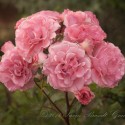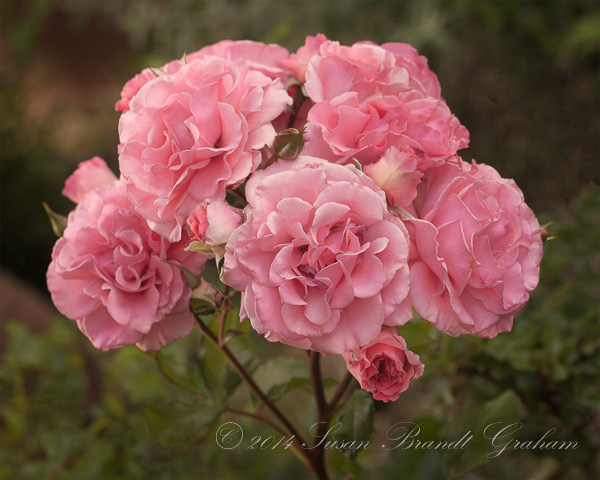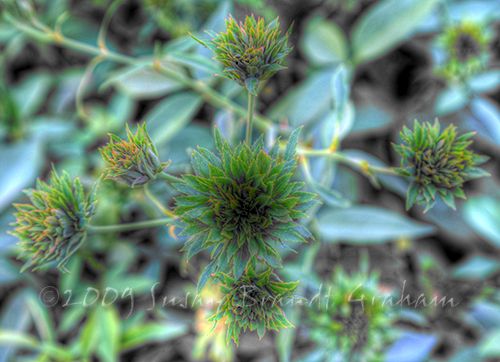Yesterday, one of the moderators asked a great question over at Rosarians Corner; “will the cost of gasoline affect your attendance at rose shows?”
In my opinion, the American Rose Society (and probably a lot of other volunteer hobby societies) was in some trouble before the ever-increasing cost of gasoline even became an issue. But I think that additional cost is going to force the hand of many such groups in general. I will speak to the ARS only, though, because it is what I know best. This is what I wrote in response to that question:
I think your concern is valid, and those concerns have implications not just for exhibitors but also for judges, and in some ways, for the ARS.
Most of the answers here in this thread suggest that long-term exhibitors will continue to exhibit, when they have roses, no matter what the cost. That is excellent. But, will we be able to develop enough new, young exhibitors who will be able to carry on when today’s exhibitors reach an age at which they are no longer able to do so? Today’s young people are caught in a time and money crunch raising families, more often than not with a mom who works full-time to make ends meet. What, as a society, do we have to offer these people, who have lots of people and concerns competing for their time and money? What do people envision for the future of exhibiting 10 years from now? 20 years from now?
Then, there is the issue of judges for shows. I am no spring chicken, and yet I often feel like one of the younger judges at shows. Our judges are aging and dying (no point in beating around the bush, no matter how thorny!), and many wouldn’t travel more than 50 miles to judge a show even before gas prices started to soar. Will we have adequate judges to maintain the number of shows to which we have become accustomed?
Hopefully the PSWD Horticulture Judging School in Palm Springs weekend after next will produce some new apprentices. We need more up-and-coming judges willing and able to travel if we are to maintain our current number of shows.
Which brings up another point. I have heard through the grapevine, so hopefully it is not really correct, that the plan is to make the judging test harder. I cannot help but wonder what the thought process behind that is. I thought the practical portion of the horticulture judging exam was harder than any practical gross anatomy exam in medical school! If TPTB feel a different process is needed to produce better judges, fine. I can see a user-friendly mentoring process, or something of that sort, to encourage people, rather than increasing the fail rate at a time when we need to be encouraging young judges. JMHO.
Continue reading →
Like this:
Like Loading...





